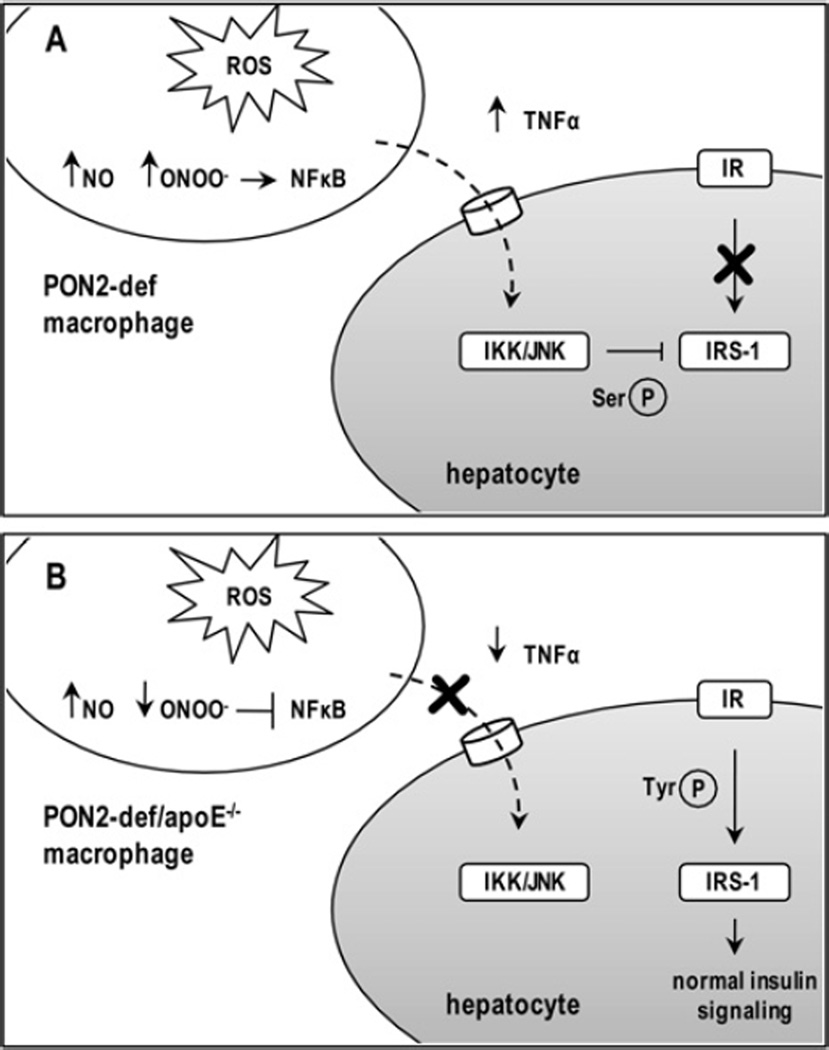Figure 6. Proposed scheme to explain the influence of macrophage PON2 on hepatic insulin sensitivity.
We show that factors secreted from activated macrophages from PON2-def mice are sufficient to modulate insulin signalling in hepatocytes by eliciting inhibitory serine phosphorylation (Ser-P) of IRS-1. Impaired insulin signalling in macrophages from PON2-def mice was associated with an increased production of ROS, NO, ONOO− and expression of pro-inflammatory cytokines (A). Despite a corresponding increase in intracellular ROS production in macrophages from PON2-def/apoE−/− mice, we observed a significant decrease in the expression of pro-inflammatory cytokines associated with reduced serine phosphorylation and improved tyrosine phosphorylation (Tyr-P) of hepatic IRS-1, relative to apoE −/− littermate controls. Evidence suggests the influence of decreased cellular ONOO− content on NF-κB pathway activation in macrophages from combined PON2-def/apoE−/− mice (B). IKK, inhibitor of NF-κB kinase; JNK, c-Jun N-terminal kinase.

